Behind The Board Games: Gav Thorpe
April 18, 2019 by dracs
Gav Thorpe is one of the most prolific writers currently working in the tabletop gaming industry. Perhaps best known for his work at Games Workshop and his many Black Library titles, he is a New York Times bestselling author and in 2017 won the David Gemmell Legend Award. Gav is also a games developer in his own right, having worked on titles from Inquisitor to Strontium Dog
We got to ask him a few questions about his experience in tabletop gaming, as well as the tips for those looking to get writing themselves.
Sam: How did you first get started in tabletop gaming? Where did it all begin for you?
Gav: It was a combination of things. A lot of it was due to my older cousin, who had Warhammer First Edition – we never played, but I looked at the books a lot.
I remember when I was about ten years old I went to a friend’s house and I made up some simple rules for using his Airfix toy soldiers to battle across his bedroom floor. My grandparents bought me and my brother D&D (Basic and Expert set) for Easter one year. I also hunted out any books on wargaming I could find from the local public library – Donald Featherstone and the like.
I was always nagging family and friends to play games, from simple family games to hex wargames later on. I introduced friends to Blood Bowl and Space Hulk, and my dad actually ran D&D for us a couple of times. While a lot of people around my age fondly remember Star Wars, or Transformers, or whatever, my most visceral nostalgia is for the games I played between the ages of ten and nineteen.
S: How did you make that leap from gamer to designing games and writing in their worlds?
G: I was in the right place at the right time. I’d been twiddling about writing scenarios and rules and whatnot in my teens, reading lots of SF and fantasy, playing mostly Games Workshop games. When I was nineteen I applied for a job at Games Workshop and was offered one of three positions as an Assistant Games Developer. It really was that simple, and yet very unlikely in retrospect. That decision by GW management to invest in a training program for games developers set me up for the next twenty-five years!
S: How does working with an established IP, as with Black Library, differ to working on your own fiction?
G: It’s a bit different, but not as much as most people might think. There’s so much creation that has to go into specific characters, plot, and the setting used in the story that even with an established IP like 40K or Age of Sigmar there’s 90% of the details to fill in.
With my own work, particularly my fantasy epic The Crown of the Blood, I had to come up with some of the foundations which already exist in an established setting, but I could also shape the world how I saw fit, rather than having to do tons of research.
S: Where do you start when coming up with a story and, perhaps more importantly, how do you finish it?
G: That’s actually one question because I always nail the ending in a plan before anything else. The end is the objective, the summation of the story and theme, and then I work back from there through the plot and sub-plots to get the characters (and readers) to that essential final point.
A lot of writers starting out sit down and begin writing, without knowing where they are going. That works for some folks. However, I’m a planner to a greater or lesser extent. Too much experience in games projects to not know the objective or brief before setting out…
S: Do you have a writing routine?
G: Yes, though it varies a lot. My ideal is to start writing after dropping off my little boy at school. Between 1,000 to 1,500 words. That might be a chapter, a couple of scenes. Sometimes I can go longer. I take a break, and either go for a drive or do some chores to ‘noodle’ on the next couple of scenes. Often I’ll take the iPad to the coffee shop and spend an hour there, putting down another 1,000 words. I aim for about 3,000 words a day. I start slowly on projects and get quicker as it progresses, so sometimes I might only do a few thousand words in that first week while I get to grips with the tone and characters.
S: Why did you decide to go freelance as a games developer?
G: My position at Games Workshop wasn’t suiting me or them. I was an experienced designer earning quite good money, mostly (re-)writing army books for Warhammer and 40K. There was a diminishing chance of designing any new games systems, and I was being paid for doing fairly routine development work.
I was getting bored and was, in the opinion of the management, overpaid for the level of work they were asking of me. GW initiated the separation, but I’ve never regretted it. I certainly prefer the freedom of being a freelancer now, though it comes with its own issues of cash flow, work/life balance and such. I don’t think I could step back into a corporate environment now, not for even a big chunk of money.
S: Is there a project, book or game, that you are particularly proud of?
G: Inquisitor is the game I point to as being the apex of my creative achievement while I was at GW. As a game system there’s stuff I’d go back to address, but as a project, working with great artists and designers, and the scope and presentation of a whole underlayer of the 40K IP, it’s had a huge legacy.
S: How does your approach differ between projects, be they game design, video games, or novels?
G: Each is quite a specific challenge, although, in terms of highlighting goals, creating a plan and then fulfilling it, I approach them structurally the same way. Video games work is commissioned, so the needs are set by the client. Sometimes I have to pitch what I would do, in which case I try to be as holistic as possible rather than delving straight into specific pieces of work. I ask questions to tease out what it is that someone’s after, and then get them to set me questions I can answer. I suppose I approach games design in a similar problem-solving way. Preparedness and early communication makes the project a lot smoother.
Games design starts with a rough brief (either external or from myself) and from that I start with a few mechanics I think will form the core of the game. I’m very keen on getting complexity out of simple interactions. That gets worked on until its running well and then all the other bits get bolted on to develop the full system.
Stories and novels are more creative and less intellectual, in a manner of speaking, in that I have to get into them to get the characters flowing, to feel the theme developing. I often combine projects so that I’ll be working on prose as well as design, able to switch between the two when I need to rest one part of my brain and use the other.
S: You have been described as "one of the masters of Eldar lore". What about the aeldari appeals to you and how do you get into that alien mindset?
G: Like a lot of folks, it was the imagery. I remember a double-page piece of art in the original Rogue Trader book that depicts these faerie-like warriors descending on some poor guardsmen.
It was the perfect conjunction of a fantasy trope and SF that got my imagination going.
It wasn’t until White Dwarf Issue 127 and the Jes Goodwin revamped range of miniatures that I started collecting – the deep history and mythology worked out by Jes, and Rick Priestley was something we hadn’t seen done so coherently before. I actually interviewed Jes about their development for my blog.
The recent addition of the Ynnari – that bridging the divide between the various aeldari kindreds – has given me great scope to write some interesting novels across all of their cultures. I find the mix of strange psychology and mythology fertile ground for characters and stories.
S: What is something you have added to the background of Warhammer 40,000 that you think fans of the game would be surprised by?
G: I came up with the much-repeated Thought for the Day: “Hope is but the first step on the road to disappointment.”
Not specifically 40K, but I chose the postcode of GW’s offices when they moved to their current Lenton site! NG7 is set by the area, and I wanted 2GW but it was taken, so the closest I could get was 2WS (to WorkShop).
Games Dev also named the original meeting rooms after places in the 40K galaxy – it was always fun organising a meeting in Cadia or Armageddon. It got a bit strange after that because someone started naming rooms after characters, so you’d get a request to meet in Saint Katherine!
S: What advice would you give for someone who wants to write for tabletop gaming professionally?
Wow, that’s a huge topic. If I was to pick one thing, and it applies to almost any creative profession, it’s to remember that it’s almost never an overnight success story. There are potentially lots of failures and rejections to deal with, but also with success comes the need for the next thing, the next idea. I’ve been doing this for twenty-five years and could be doing it for twenty-five more. Always look for opportunities to broaden your skills and connections, not to aim for one thing (eg focusing on being a GW games developer) but treat it like any other career where you might move from one job to another, working for a company to freelance or vice versa.
S: What can we expect to see from you this year?
A lot! Even more than usual. My next BL book is for Age of Sigmar, entitled The Red Feast. There’s also another 40K audio drama concerning the Harlequins from the Masque of the Fading Dawn.
I’m currently working on a board game for Room 17 that ties in with the world of their Miremarsh game and their recent Tenfold Dungeon project.
I’m also co-developing another 2000AD license game for Warlord with Andy Chambers after we collaborated on the Strontium Dog game last year.
Another exciting development, as of a couple of hours ago, is a contract with Cubicle 7 to work on forthcoming Warhammer Fantasy Roleplay material. Looking forward to revisiting the Old World and beyond with that.
Oh and I’m obviously working on more Warhammer and 40K novels, but they’ve not been announced yet.
Supported by (Turn Off)
Supported by (Turn Off)
Supported by (Turn Off)




































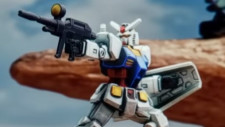




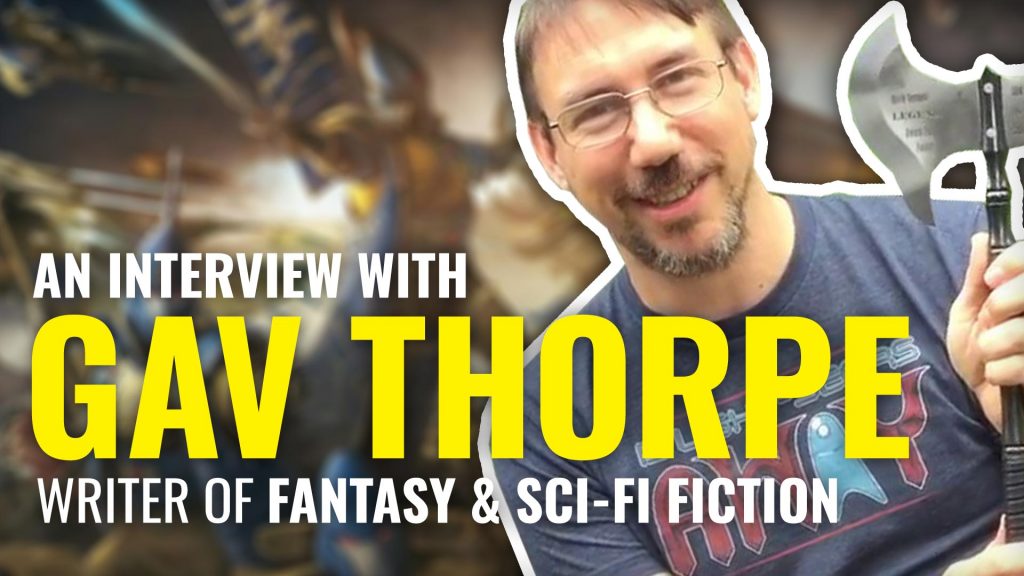

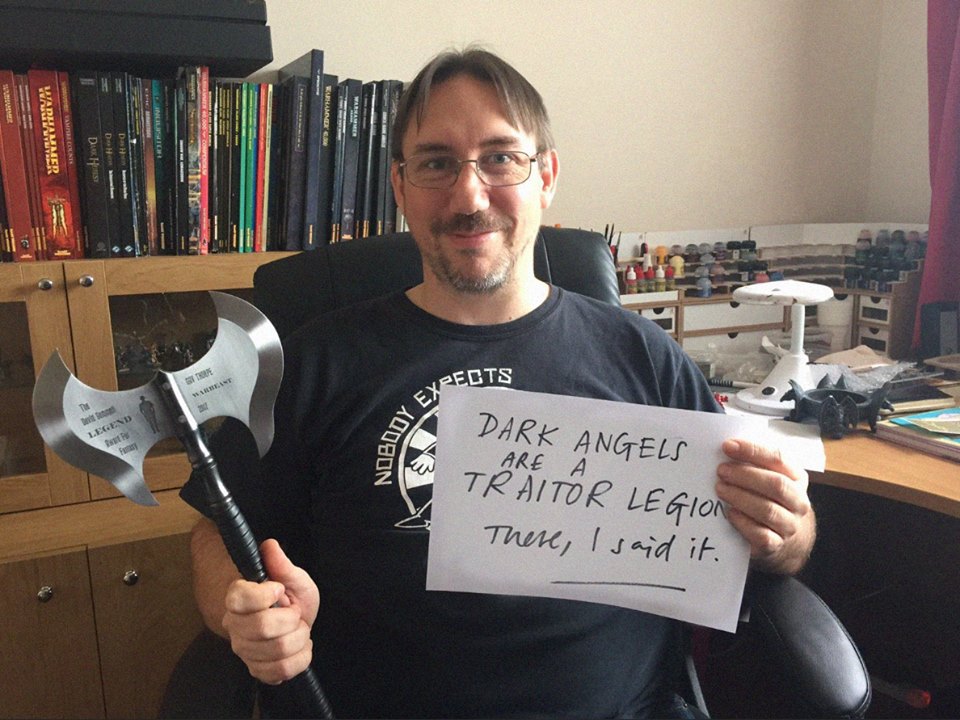

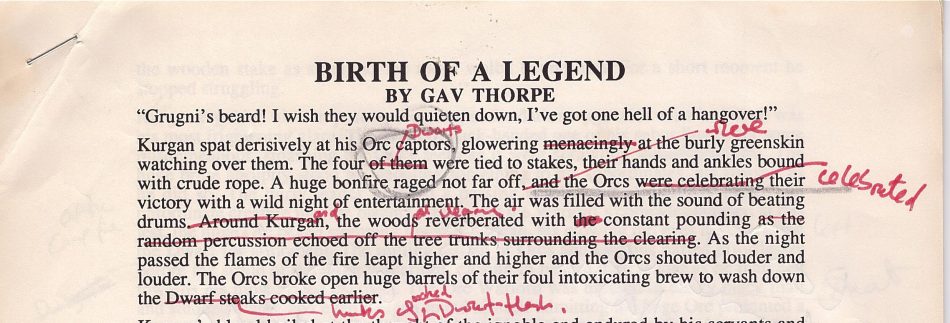

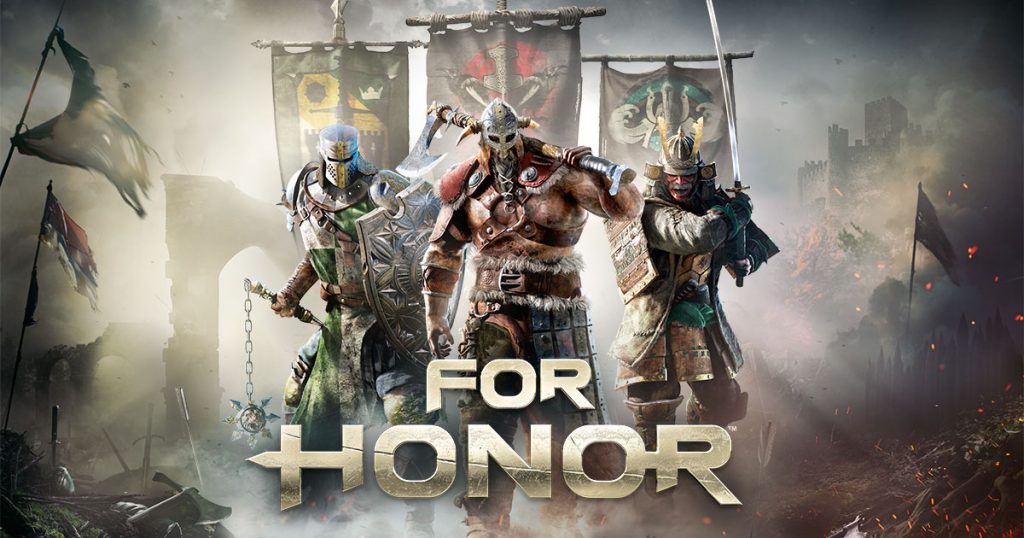
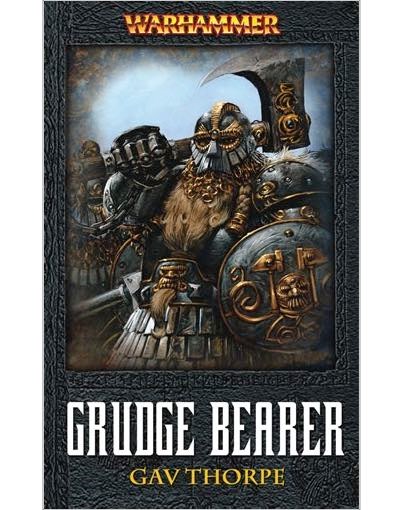
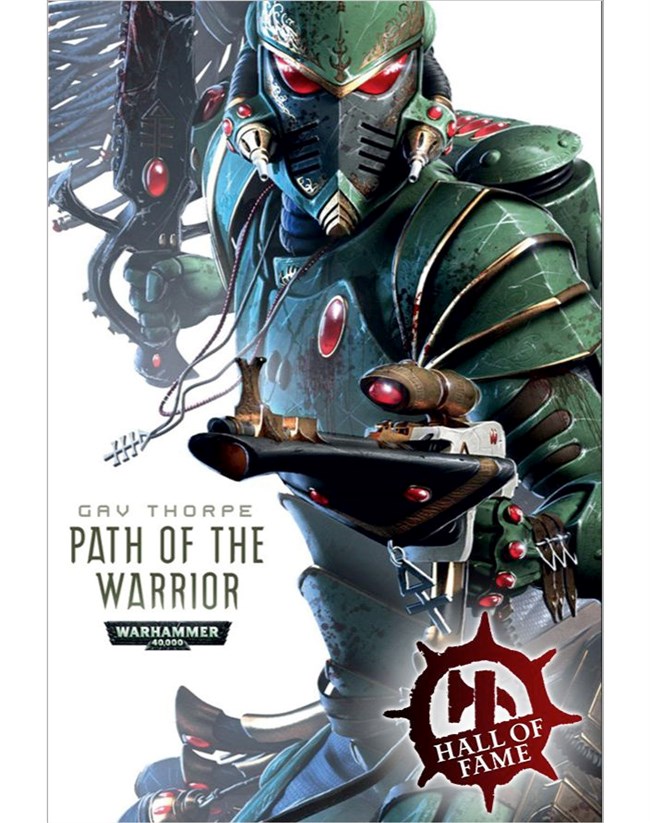
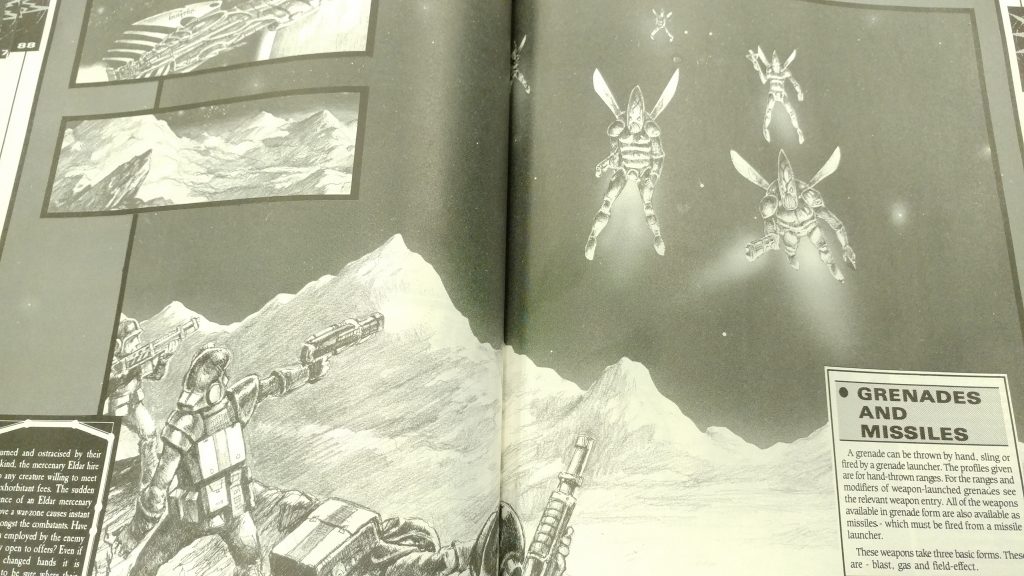
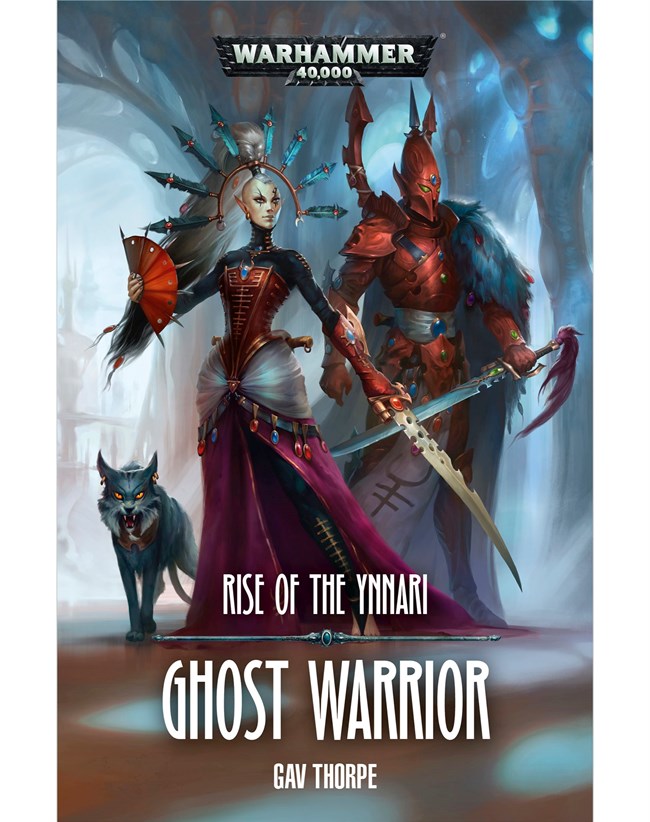

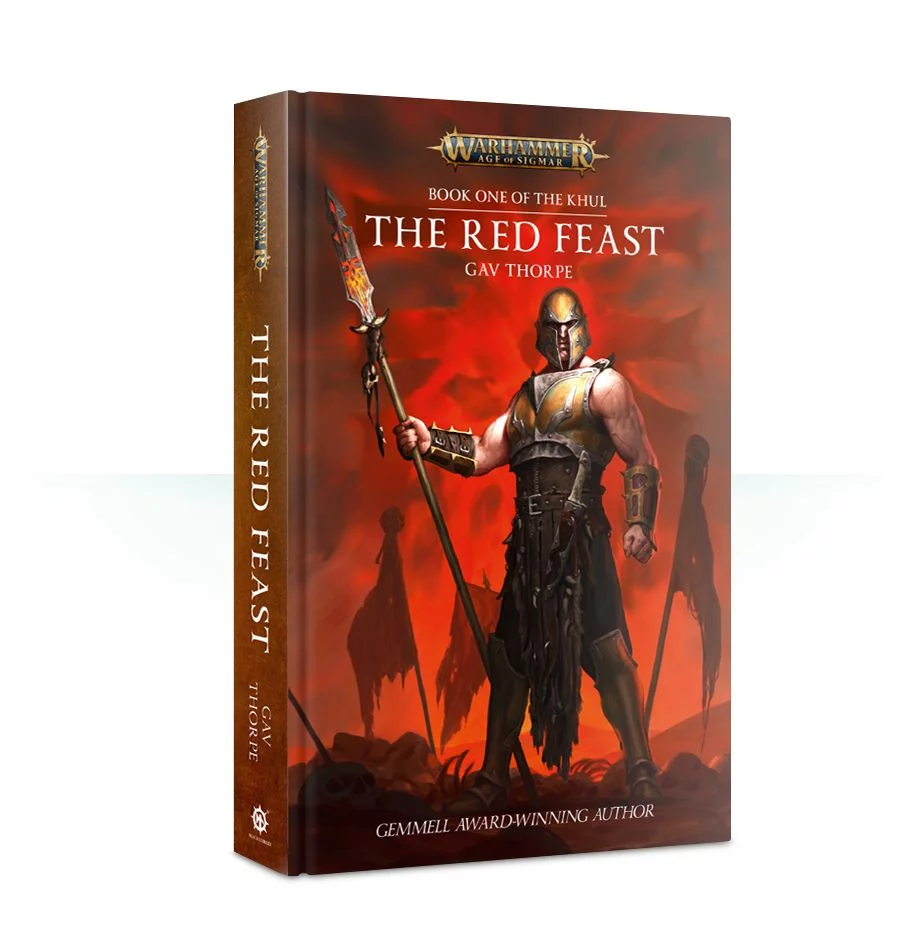
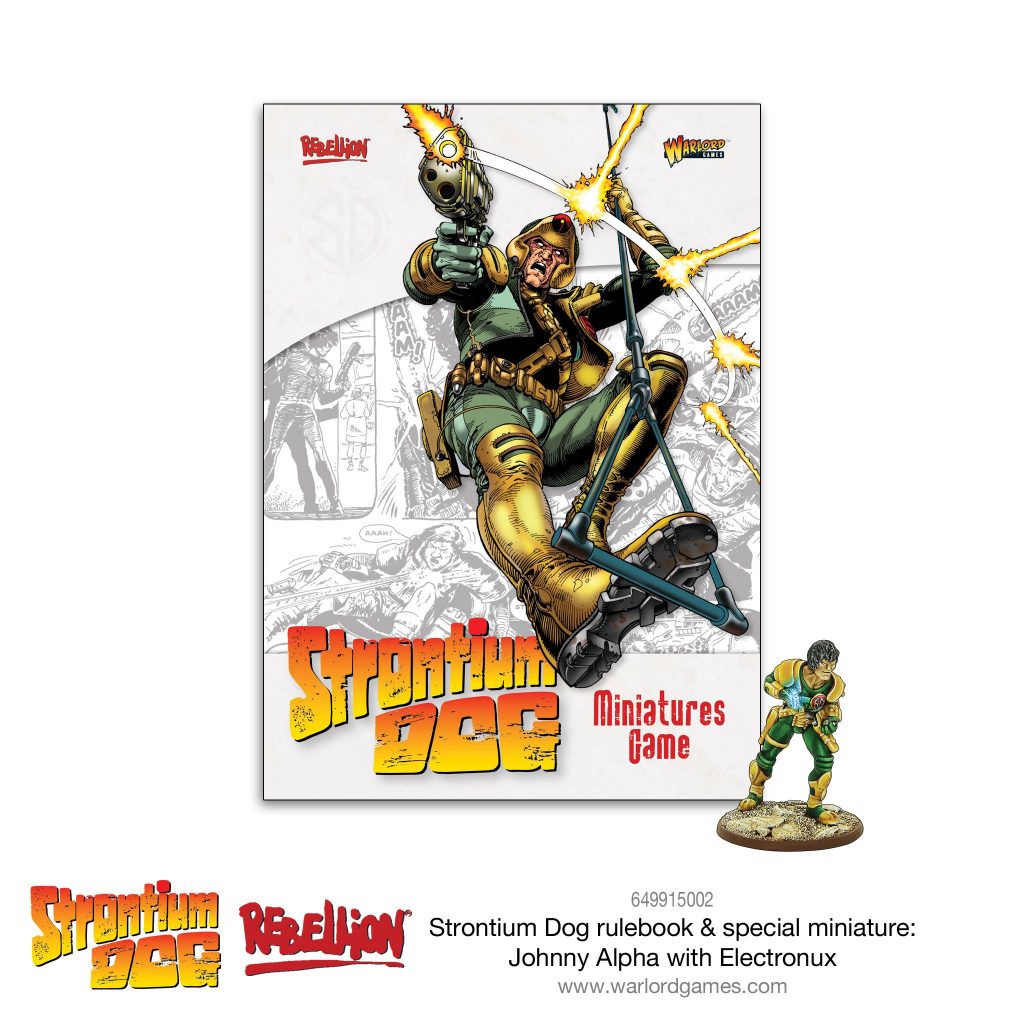
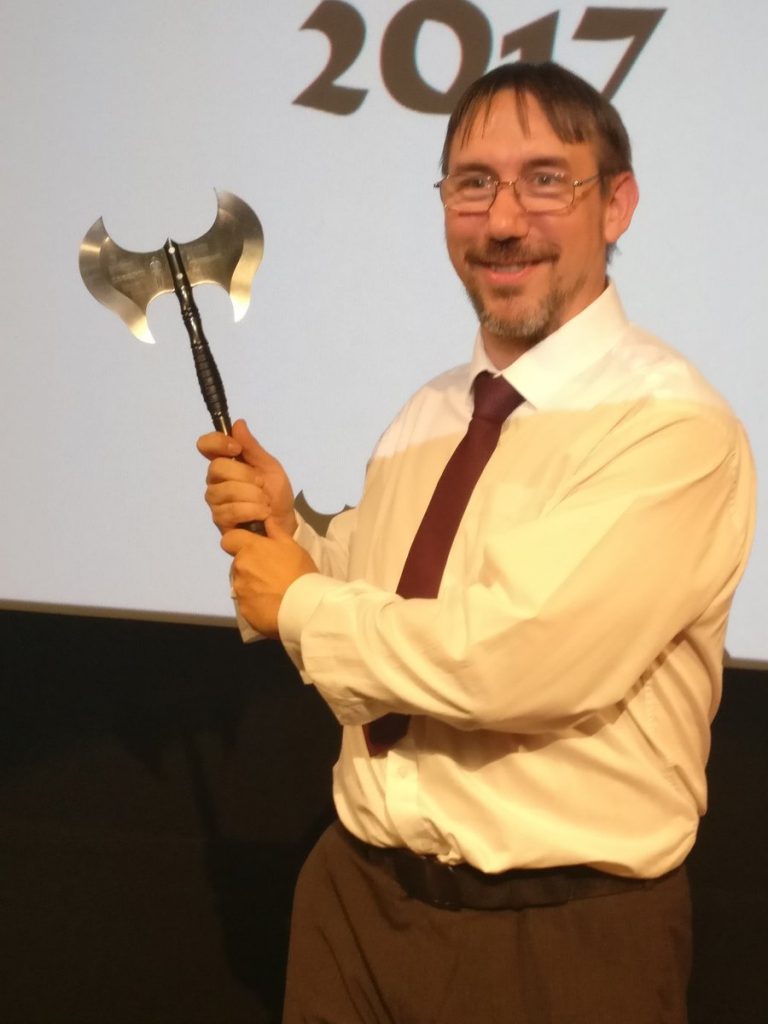


































Huh, he’s younger than I thought; dunno why but it just feels like he’s been around as a wargames writer for longer. ?
There is a lot of good books, but Grudge Bearer is one of my favorite dwarf books. The first book in the Rise of the Ynari series is really good. Looking forward to read the next one in the series.
Gav Thorpe is my favorite author who has written for Black Library and he is one of those authors that I feel that I can trust writing good stories each time. My favorites from him are Legacy of Caliban Trilogy that I read when I started Dark Angels army project and it fits even now when I am working around Death Guard army project (Death Guard was enemy in that one).
Yeah, Gav Thorpe. Thanks for Inquisitor. Definitely. But Gav Thorpe was also Matt Ward, before Matt Ward. His name was used as a cuss word. Not so great on balancing the stuff he did, especially the Eldar. Hope he has grown since then, sure looks like it. Not very keen on his books, his style is definitely an acquired taste. Strontium Dog looks good.
I remember long haired Gav Thorpe from White Dwarf. I’ve only read his Black Library output, must have a read at some of his other work.
I enjoyed that… Gav’s a great writer, a great designer, and a thoroughly nice bloke too!